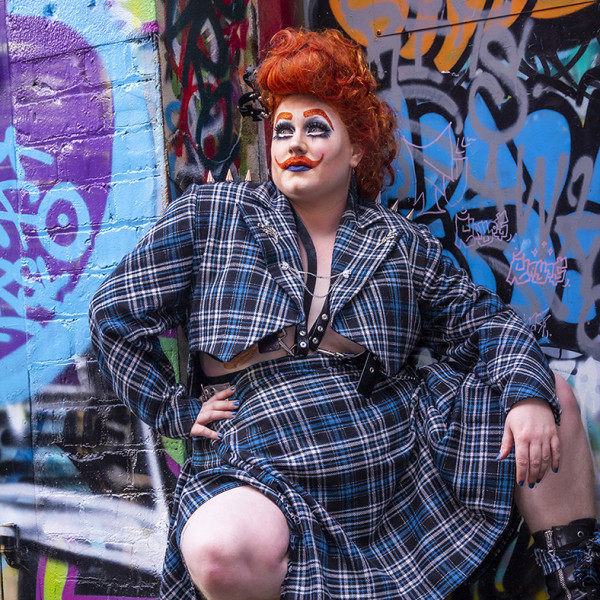
The Witching Hours
Presented by: A Mulled Whine and My Accomplice
Written by: Uther Dean and Eamonn Marra
BATS Theatre, 27th Oct 2020
Reviewed by: Madelaine Empson
Created by Uther Dean, The Witching Hours is a podcast anthology of eerie audio adventures featuring guest writers and actors. This spooky, kooky production has swooped into BATS Theatre just in time for Halloween, with two episodes performed each night, live and in the flesh.
Tonight, we are treated to The Yeast with Two Backs by Eamonn Marra and Cyber Space by Uther Dean. Sepelini Mua’au and Lucy McCarthny work together with narrator Jonny Potts to tell the stories as Jennifer Lal’s lighting design cloaks them in purple and blue hues and shadows. Sound designer Oliver Devlin sits centre stage, creating sound effects in real time. Sound effects is quite the understatement. Devlin delivers sonic pyrotechnics from a ridiculously delightful range of props spanning silly putty to bread.
Onto the bread, then. The Yeast with Two Backs starts on Tinder and ends the morning after, but the middle of the story does not your typical hook-up make. Tiffany the sourdough starter takes the term ‘yeast infection’ to a whole new level. I couldn’t help but screech, shriek, and flinch my way through this one in the best possible way.
Cyber Space follows a Hole Puncher (a mythical police-type entity who definitely doesn’t have plasma blood) as she seeks to discover the source of a mammoth drug empire over one night in a dystopian cyberpunk world where people live in two-square-metre dwellings if they’re lucky. Abstract examples have concrete ties to our world. The story might be set in space, but Dean’s inspired words still hit too close to home.
The performers deliver such vocal nuance that you could close your eyes and almost have the same experience, but then you’d miss the subtle expressions that add flits of light and laughter to these already uproarious works. Plus, you’d miss seeing an actual wizard at work (here’s looking at you, Devlin). I would see The Witching Hours every night if I could. What a riot of a time.












